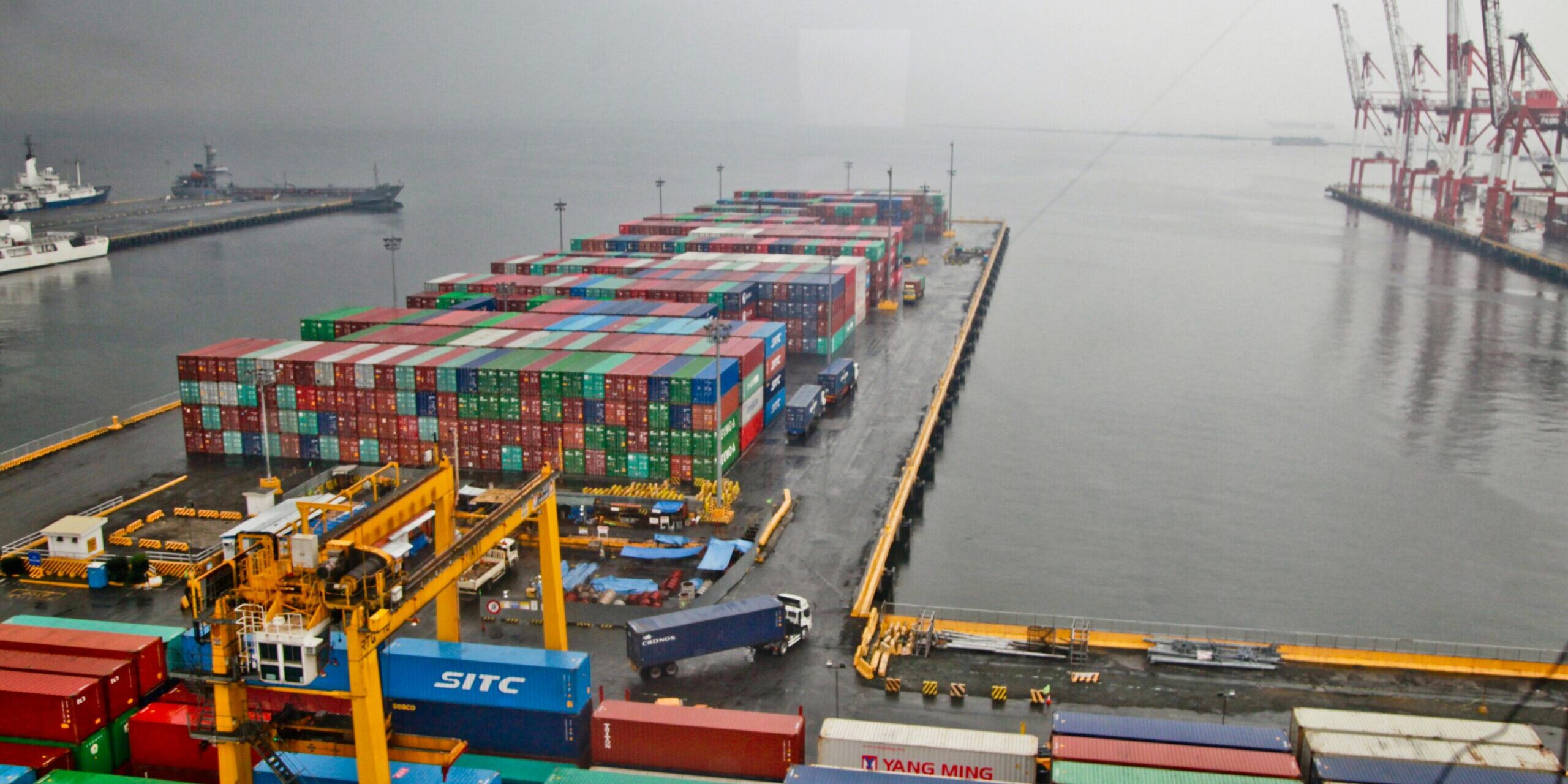In recent years, multinational companies have been reassessing their supply chain strategies, gradually relocating portions of their operations away from China. This trend is primarily driven by cost considerations, spurred on by the US-China trade tensions and the disruptions caused by the COVID-19 pandemic. However, beyond economic factors, geopolitical dynamics are also playing a significant role in shaping these decisions, indicating a broader reconfiguration of global supply chains.
China’s evolution into a global manufacturing hub began with its accession to the World Trade Organization (WTO) in 2001. Leveraging its abundant low-cost labor and implementing export-friendly policies, China swiftly transformed its supply chains to produce higher value goods at competitive costs.
The rising production costs in China have prompted companies to explore alternative manufacturing locations across Southeast Asia. Countries like Indonesia, Thailand, and Vietnam are emerging as attractive destinations for labor-intensive industries. The ongoing investments in infrastructure and sustainable energy in Southeast Asia are further enhancing its appeal as a manufacturing hub, offering opportunities for economic growth and human capital development.
The attractiveness of Southeast Asia lies not only in its lower production costs but also in its improving infrastructure and commitment to sustainable development. As multinational corporations seek to optimize their supply chains and mitigate geopolitical risks, Southeast Asia presents itself as a promising alternative with significant potential for growth and investment.
The shift away from China represents a broader transformation in global supply chain dynamics, with Southeast Asia poised to play an increasingly pivotal role in the evolving landscape of international trade and manufacturing.







